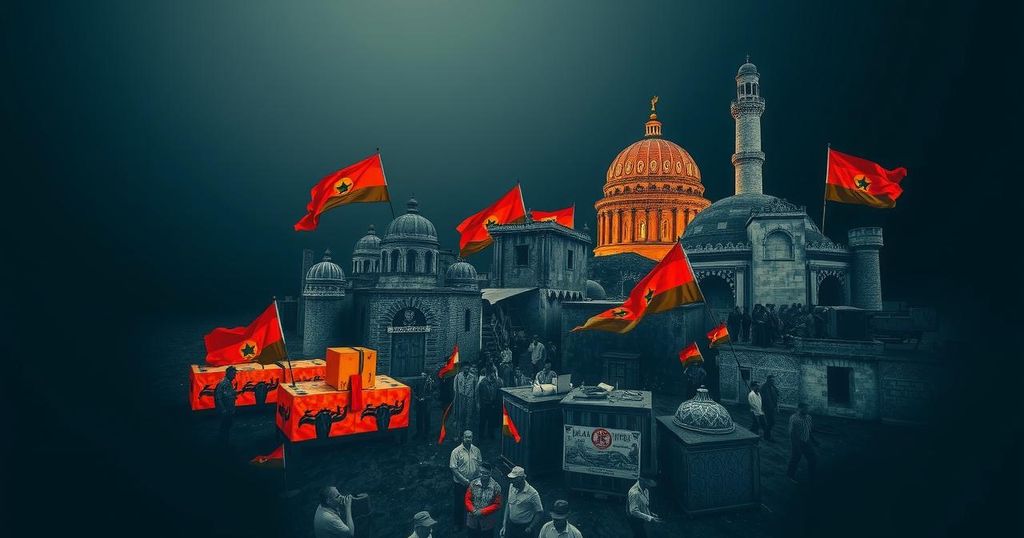The Somali Revolt: The Legacy of the Mad Mullah in British Somaliland

Between 1899 and 1920, British Somaliland experienced the revolt led by Maxamed Cabdulle Xasan, known as the Mad Mullah, which arose from conflicts with colonial authorities and religious missions. Utilizing guerrilla tactics, the dervishes resisted multiple military campaigns from British forces, ultimately leading to a temporary victory for the rebels until their defeat in 1920. This conflict not only reflects the nationalistic sentiments among Somali clans but also sets the stage for future political developments in the Somali Republic.
British Somaliland faced a significant religious rebellion in the late 19th century, spearheaded by Maxamed Cabdulle Xasan, referred to by the British as the “Mad Mullah.” This sheikh from the Ogaadeen clan, noted for his erudition and devoutness, initially collaborated with colonial authorities but clashed with the British after disputes fueled by European and Ethiopian encroachment upon Somali land. By 1899, his opposition to Christian missions escalated tensions, igniting a Somali insurrection driven by a call for unity against colonial forces. Assuming the title of sayyid, his followers, the dervishes, utilized guerrilla warfare to confront British, Italian, and Ethiopian forces in four major campaigns between 1900 and 1904. Despite initial setbacks, the British eventually withdrew their troops by 1910, allowing the dervishes to solidify their control. However, a combined effort involving air, sea, and land operations in 1920 ultimately led to the dervishes’ defeat.
The historical context of British Somaliland highlights the complexity of colonial power dynamics in the Horn of Africa during the late 19th and early 20th centuries. The emergence of religious leaders, particularly Sheekh Maxamed Cabdulle Xasan, played a crucial role in shaping Somali resistance to colonial rule. His rise followed the broader trends of religious revivalism and nationalism, which were pivotal in mobilizing support against European imperialism and fostering a sense of Somali identity. The rebellion he led not only challenged the authority of colonial powers but also reflected internal clan loyalties and conflicts, which were intricately linked to local and international politics. The shift in control and the eventual establishment of the Somali Republic illustrate the delayed yet continued fragmentation and reorganization of Somali territories driven by colonial legacies and ethnic affiliations.
The revolt led by Maxamed Cabdulle Xasan epitomizes the struggle of Somali people against colonial domination and highlights the profound impact of clan dynamics and religious leadership in shaping national identity. The eventual defeat of the dervishes was a turning point that transitioned control back to the British and later Italian authorities, leading to the eventual unification of Somalia in the mid-20th century. An understanding of these historical events is essential for grasping the ongoing complexities and challenges within Somalia today, stemming from its colonial past and the legacies of resistance movements in the region.
Original Source: www.britannica.com








